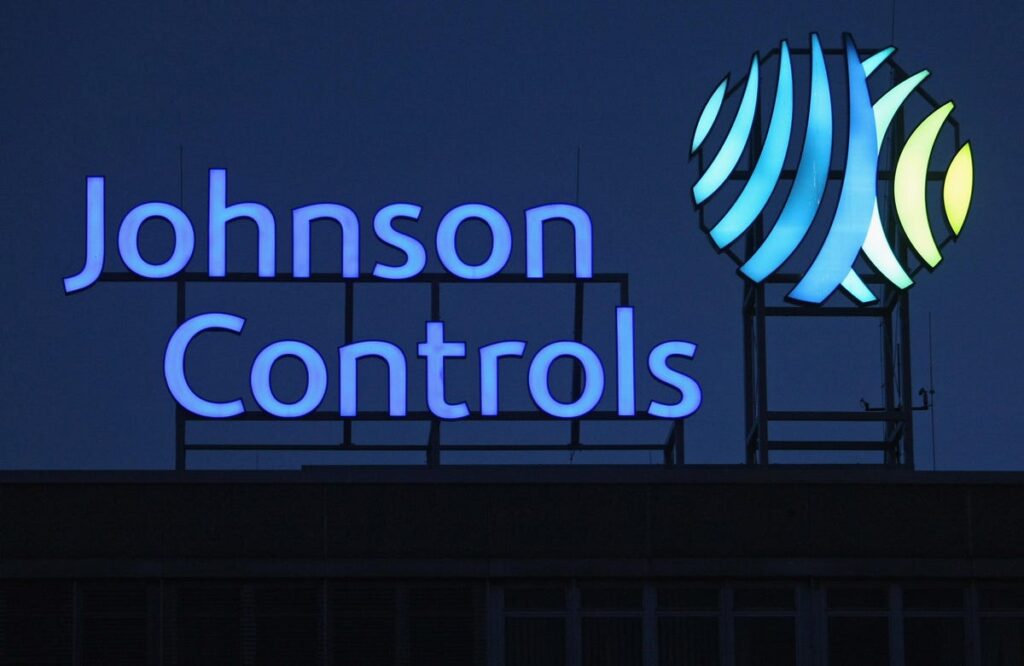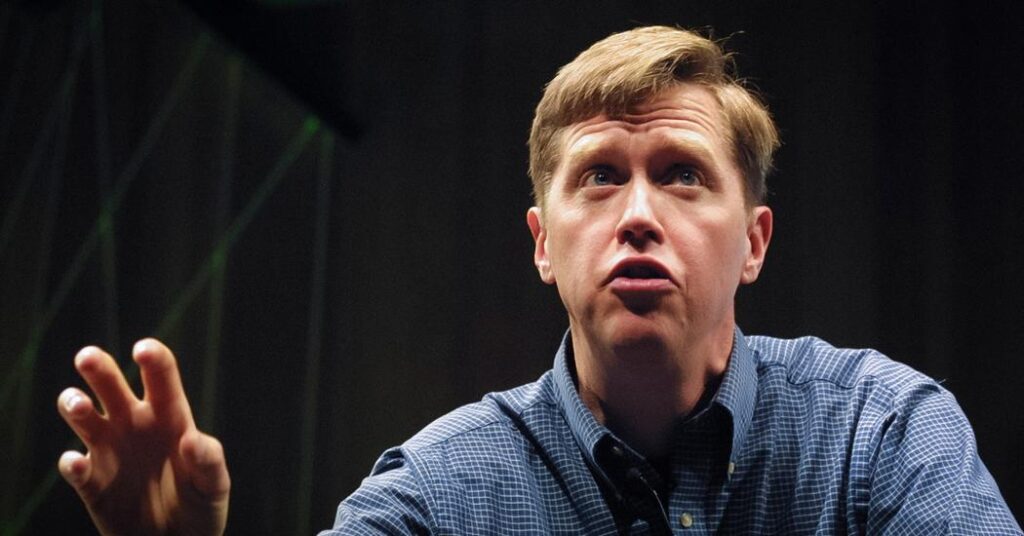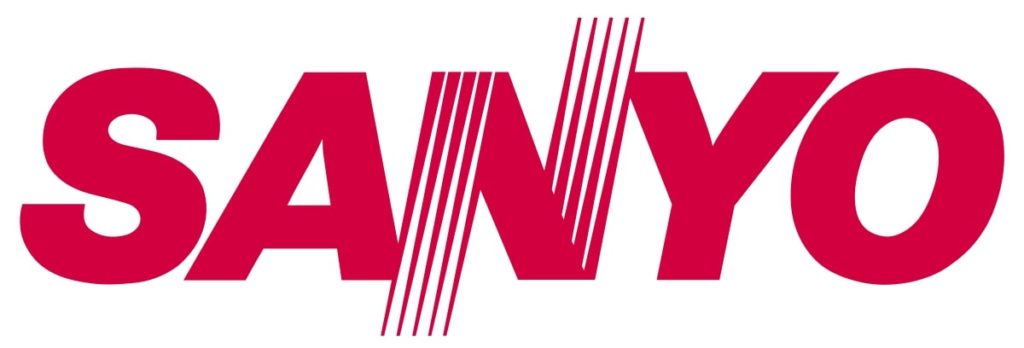Johnson Controls – Electronic And Automotive Parts Company With Operations In Over 150 Countries.
Johnson Controls is a multinational HVAC, electronic, and automotive parts company with operations in over 150 countries and annual revenue of over $30 billion. Additionally, it offers technical support, energy management advice, and portfolio management services for properties in the non-residential building sector.
About The Company
Johnson Controls is an American multinational corporation with headquarters in Cork, Ireland. The company manufactures security, HVAC, and fire systems for buildings. In 2017, it was ranked 389th in the Fortune Global 500, but now it is no longer eligible for inclusion in the Fortune 500 due to its non-American headquarters.

History
The first electric room thermostat was patented in 1883 by Warren S. Johnson. His creation catalyzed a new business and helped establish the building control sector. To produce, install, and maintain automatic temperature regulating systems for buildings, Johnson founded the Johnson Electric Service Company in 1885 with a group of Milwaukee businessmen led by William Plankinton. The company decided to concentrate on its thermal management business for non-residential buildings after Johnson’s passing in 1911. The corporation acquired the clockmaker Standard Electric Time Company in 1970. In 1974, the company adopted the name Johnson Controls. Johnson Controls purchased the battery manufacturer Globe-Union in 1978. The Standard Electric Time Company was sold to Faraday in the same year. Hoover Universal and Ferro Manufacturing, manufacturers of car seating, were purchased by Johnson Controls in 1985. Keith Wandell, the company’s president, pressed Congress for a bailout of the businesses that Johnson supplied during the recession of 2008–2009. In late March 2010, the Johnson Controls facility in Lakeshore, Ontario, shut down, and the land was thereafter sold.
In 2016, the Johnson Controls Automotive Experience unit of the company was separated into its own publicly traded company, Adient, and started trading on the NYE. It was announced in 2017 that 3M would acquire Scott Safety, the company’s safety equipment division, for $2 billion. In 2021, Johnson Controls announced that Ava Robotics would power its new “Tyco Security Robot.” This completely autonomous security robot combines access control, video surveillance, and security robots by integrating sensors, a touchscreen, and two Tyco Illustra cameras.
Business Units
Building Efficiency and Global WorkPlace Solutions are the two business segments that make up the company’s operations. For both commercial and residential structures, the Building Technologies and Solutions product line develops, manufactures, installs, and provides maintenance for HVAC, industrial refrigeration, building management, fire and security, and mechanical systems. This business unit produces products under the TempMaster, York, Metasys, Frick, Panoptix, and Sabroe brands. The business unit Global WorkPlace Solutions offers outsourced services for facility management all around the world. On behalf of its clients, it also oversees corporate real estate management, which includes purchasing and selling property, maintaining leases, and overseeing building-related initiatives like replacing equipment. In 2015, this unit was acquired by CBRE.
Controversy
In 2016, Johnson Controls and Tyco International announced that they would merge to form Johnson Controls International, an organization with its headquarters in Cork, Ireland. . By integrating with the Irish business, Johnson Controls was able to undergo a tax inversion, which allowed it to transform into an Irish corporation with significantly reduced corporate taxes. The workforce suffered greatly as a result of this restructuring. Hillary Clinton criticized the corporation for trying to use the acquisition to avoid paying taxes in the United States after it had “begged” the administration for financial assistance in 2008. Because Tyco stockholders now held 44% of the business, the Johnson deal, which Fortune magazine called “outrageous,” qualified as a “super inversion” and escapes the penalties the US Department of the Treasury has levied on past inversion deals. The company calculated that by avoiding American taxes, it would save around $150 million a year.
Founder – Warren S. Johnson
Warren S. Johnson. Johnson founded the Johnson Electric Service Company, which later evolved into Johnson Controls, to produce and market his thermostat technology. He was a university lecturer who had difficulty controlling the temperatures in every classroom. The issue was resolved by his multi-zone pneumatic management system. Offices, schools, hospitals, hotels, and practically any large facility with numerous rooms that needed temperature regulation adopted Johnson’s approach for temperature control on a global scale.
CEO – George Oliver
Johnson Controls chairman and CEO is George R. Oliver. Before taking over as CEO, he was the company’s president and COO, in charge of its running operations and in charge of overseeing the merger of Tyco and Johnson Controls.

I am a law graduate from NLU Lucknow. I have a flair for creative writing and hence in my free time work as a freelance content writer.






